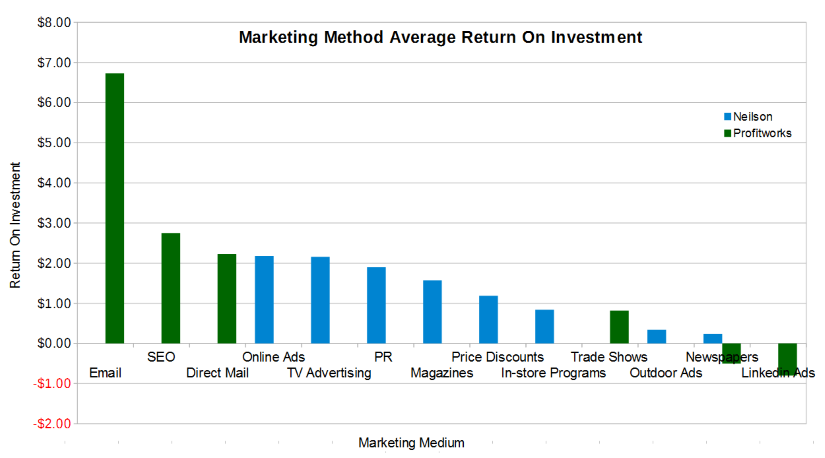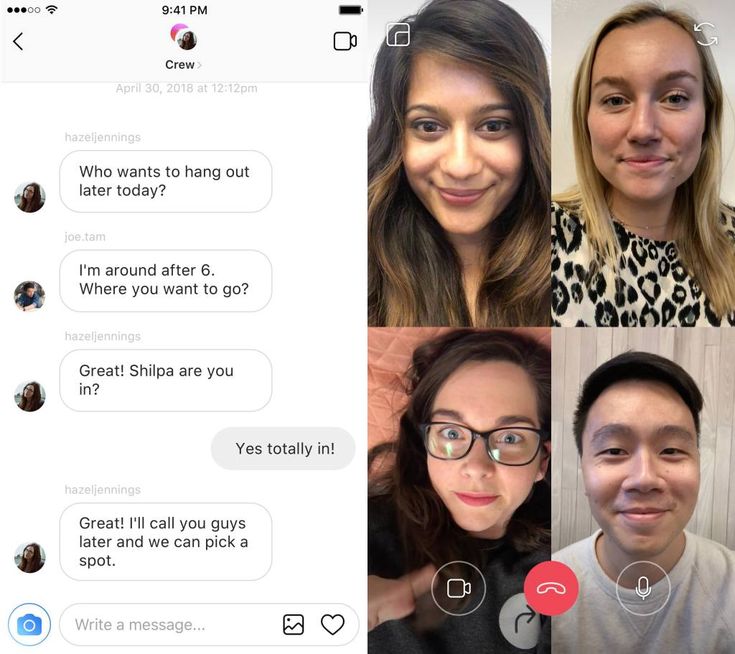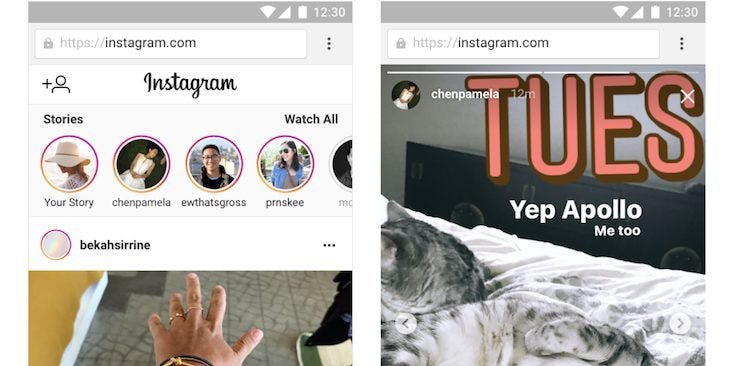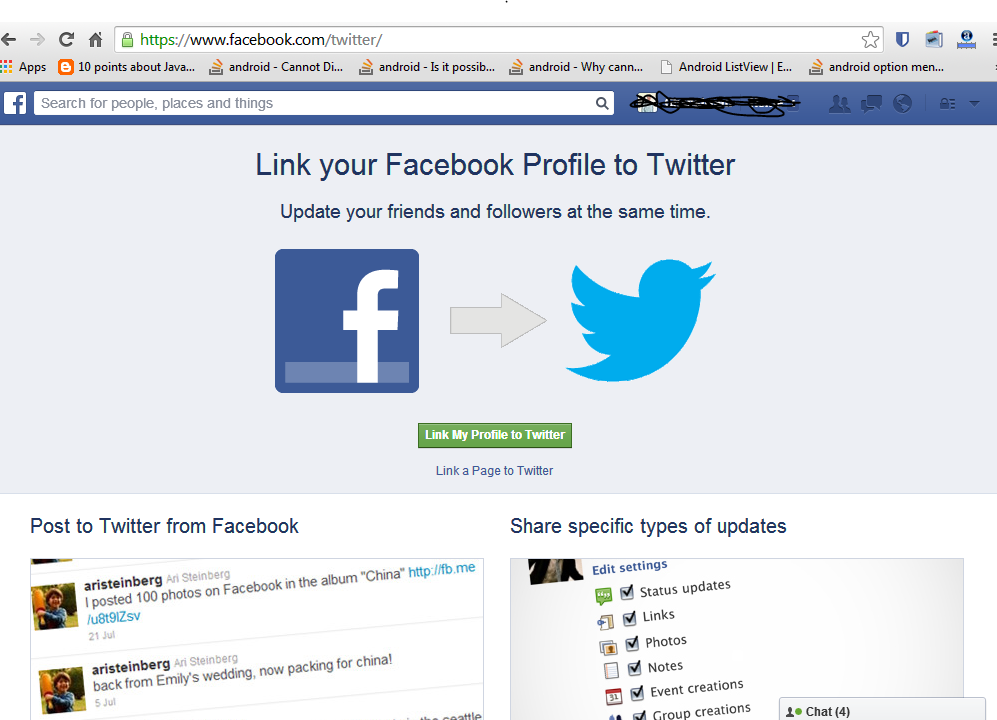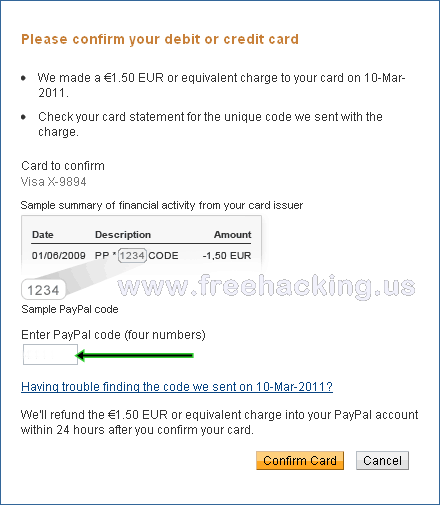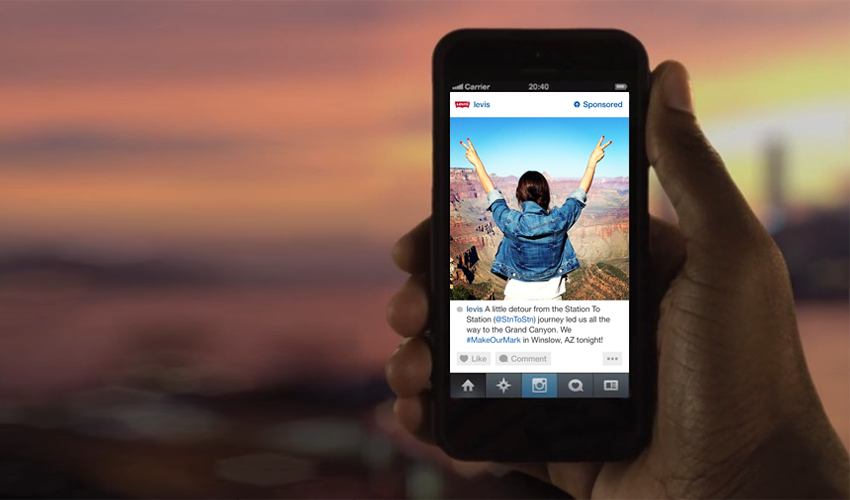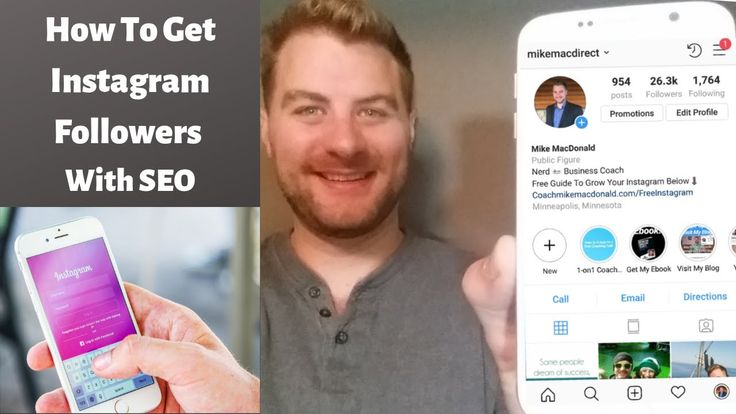How to increase roi on facebook ads
9 Easy to Implement Ways to Better Spend Budget
Facebook is flooded with people!
With 2.6 billion active users on Facebook, it is now a popular and the most used social media network. I am sure that a moment where you search for somebody on Facebook and can’t find them is rare.
And here is the good part.
This has brought excitement among the brands and more of them are jumping into Facebook marketing nowadays. Well, that’s great news but day by day, it is also getting difficult to target the right audience.
Facebook is user-oriented and hence, algorithm changes are inevitable. The latest one provides a personalized feed to the users so that they can see the content they are interested in before the rest. Now, this is exactly what has made it difficult for businesses to target their desired set of audiences on Facebook.
But don’t you worry!
I know what you must be going through. You also must have thought of switching to paid advertising on Facebook but it doesn’t guarantee improved ROI. Do you know what guarantees improved ROI?
Personalization.
And to create personalized ads, you can take advantage of Facebook Audience Insights tool and know about the demographics of the audience interested in your content.
This is just the tip of the iceberg. Without further ado, let’s jump straight to different ways to enhance your Facebook Ads ROI.
Table Of Contents
- 9 Ways to Enhance Your Facebook Ads ROI
- 1. Sketch Your Buyer Persona In Detail
- 2. Let Your Brand Have A Story
- 3. Make Your Landing Pages Worth Visiting
- 4. Retarget The Customers That Are Already Interested
- 5. Talk To Your Users
- 6. Leverage Video Ads on Facebook
- 7. Track As Much As You Can
- 8. Never Ignore A/B Testing
- 9. Choose a Digestible Ad Frequency
- Conclusion
- Facebook Ads ROI FAQs
9 Ways to Enhance Your Facebook Ads ROI
1. Sketch Your Buyer Persona In Detail
Just going through Facebook Insights Tool is not enough.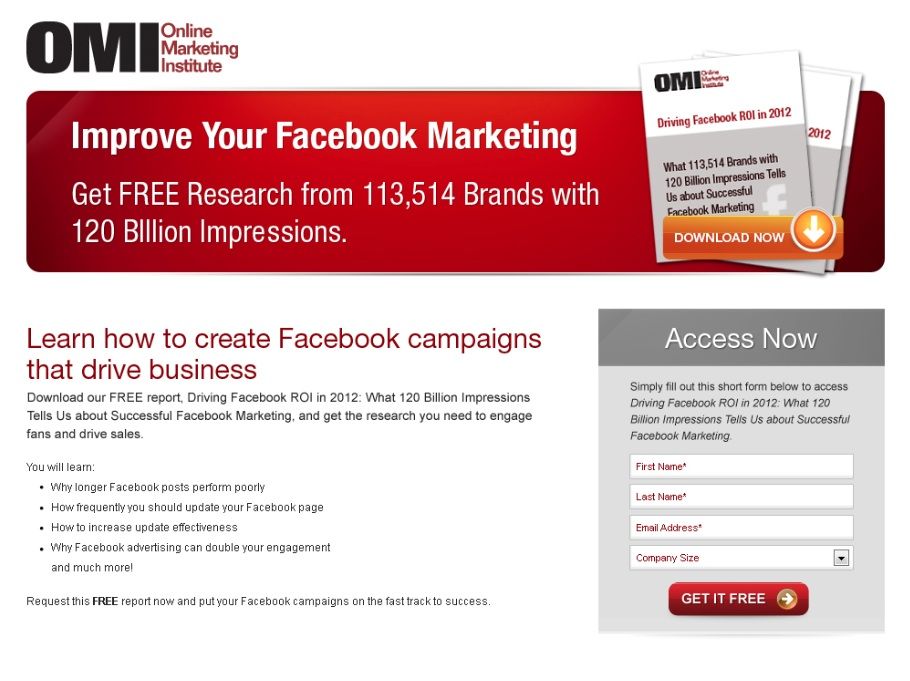 Dive into your demographics and know more about your audience. Because it’s difficult to give someone what they want without knowing them.
Dive into your demographics and know more about your audience. Because it’s difficult to give someone what they want without knowing them.
For example, what good will your buttercup shop’s Facebook ad do to an audience who is following fitness brands and athletes? Your cupcake shop’s Facebook ads ROI will increase when you target it to people more connected with their families, and friends or the ones who already follow similar industries on Facebook. And, if you have an e-commerce platform, target the ones who have shown similar interests in the past or have visited your website before.
This is why sketching a detailed buyer persona is important.
Even after knowing the age group of your target audience, you need to narrow it down to their interests, lifestyle, behavior, etc., and only then will you be able to reach the right audience and increase your Facebook Ads ROI.
So, create a customer persona and switch to detailed targeting on your Facebook Ads.
But before that, take a look at HubSpot’s customer personas.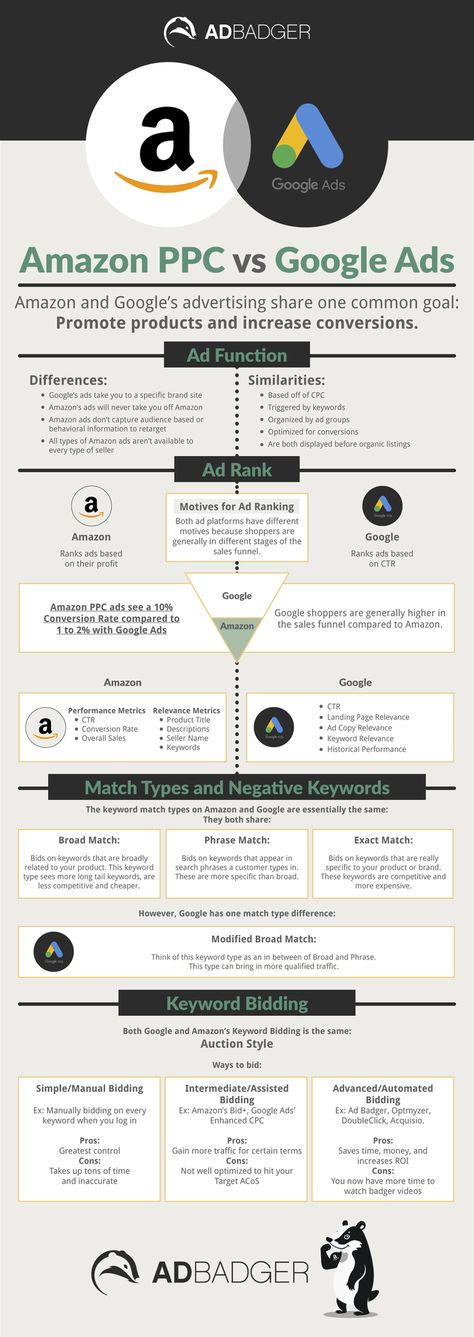
2. Let Your Brand Have A Story
Let’s take a moment and revise who we are targeting. Humans, right?
Humans usually connect easily with a story. You must have heard that when people try and explain something to the other, they often explain it as a story.
What does it tell you?
If your brand tells a story to its audience, it might convert the users more easily. The audience will get to know more about your brand than just it’s services and products. If presented well, the audience will start building an emotional connection and trust with the brand.
Now, keep in mind that your storytelling doesn’t always have to be with text-based ads. You can use visuals and videos to express your idea. This can make your Facebook ad feel more personal to the user and can easily take them from the awareness stage to the consideration stage of your ad cycle.
3. Make Your Landing Pages Worth Visiting
Imagine you have a compelling Facebook ad and your audience is loving it too.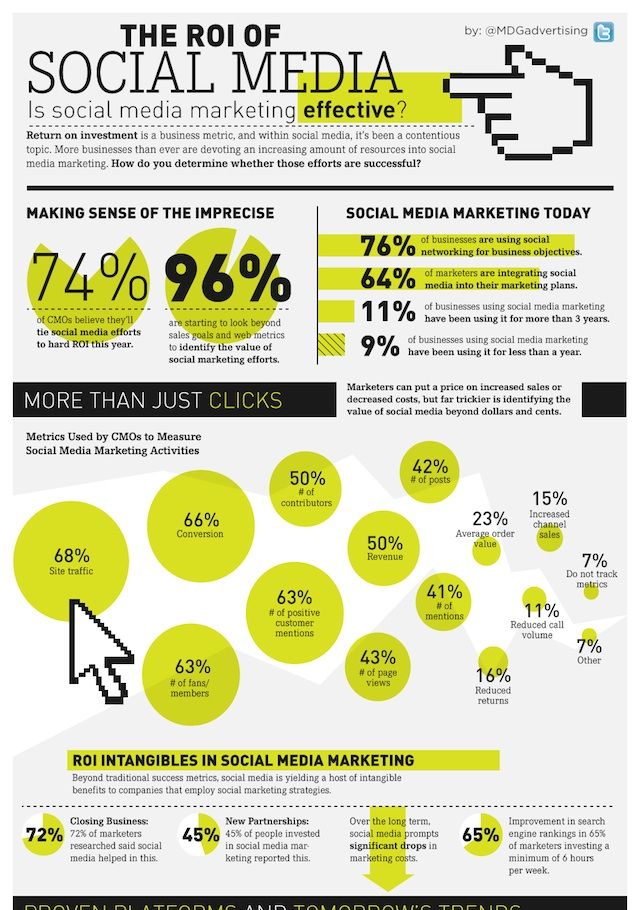 Users are flooding to your Facebook page and are clicking on your ad. What if even after this, your Facebook Ads ROI is as dead as before!
Users are flooding to your Facebook page and are clicking on your ad. What if even after this, your Facebook Ads ROI is as dead as before!
You should give this a serious thought.
If your audience is clicking through and landing on your page, what can possibly make them go back?
Is it an underdeveloped landing page?
Or irrelevant information on the landing page?
Whatever it is, it would not look good for your brand on Facebook. This will not just increase the bounce rate but users won’t click so easily on your Facebook ad again due to one bad experience.
So, the right thing to do is while focussing on your Facebook ad, pay attention to your landing pages as well. Update them regularly, make them mobile-friendly, and write a copy that can make the user believe that you can help them.
Have a look at how a 2% conversion rate was increased to 27% just by making changes in the landing page.
Old Landing pageNew landing pageImage Sources
4.
 Retarget The Customers That Are Already Interested
Retarget The Customers That Are Already InterestedRetargeting is an important tool in a marketer’s toolkit. There are chances that a user might leave your sales funnel at certain stages. At this time, you would want the user to come back to your website and reach the finish point of the funnel.
For this to happen, you need to approach a user multiple times to get them back. For example, let’s say that you have a course teaching people retail arbitrage as a side hustle.
If you had a website visitor land on a blog post answering beginner retail arbitrage questions, you’d want to use retargeting to bring them back and encourage them to further engage with your content. Doing so would engage them further with your brand and potentially lead to another student.
It is said that retargeting ads are 76% more likely to be clicked compared to traditional display advertising.
Looks like second chances at getting the customer work!
Now, you can instantly hop to Facebook Retargeting to increase your Facebook Ads ROI.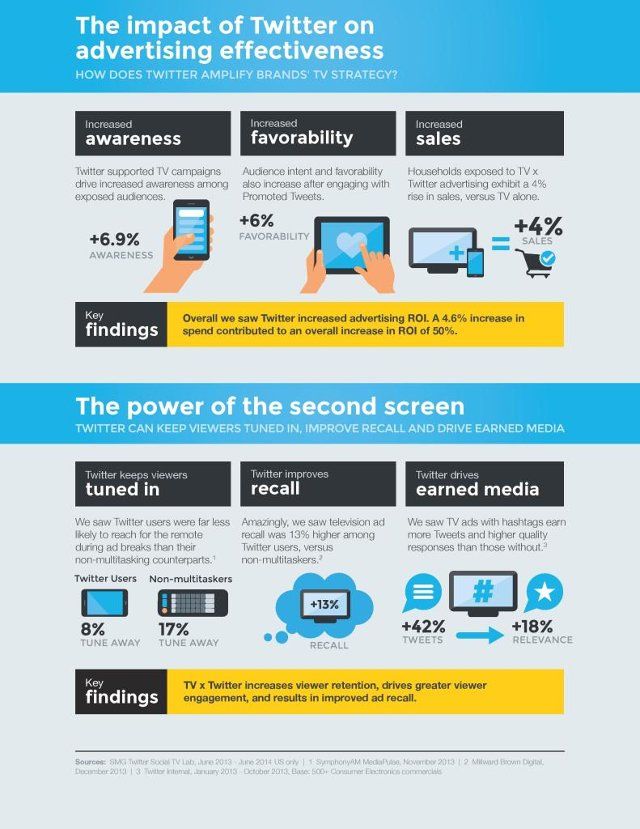 You can remind your users to finish their purchase using retargeting ads or even remind the products they were interested in.
You can remind your users to finish their purchase using retargeting ads or even remind the products they were interested in.
If needed, retarget them with offers on the products/services they were interested in.
5. Talk To Your Users
The basic rule about creating ads is that your ad should impact the audience. And for that to happen, you need to write human ad copies.
When a user scrolling on Facebook reaches to your ad, he/she shouldn’t feel that it’s a business talking. Instead, they should feel that it’s a human talking to them. This can impact big time on your Facebook Ads ROI because when you talk to your audience, they connect to you and might end up clicking through your ad.
With Facebook Ads, you might not get to write a lot of text so be impactful with your words.
Follow the same rule for your Facebook ads landing page as you don’t want the user to leave the sales funnel and increase your bounce rate.
In short, write an ad copy like you are having a one-on-one conversation with your users.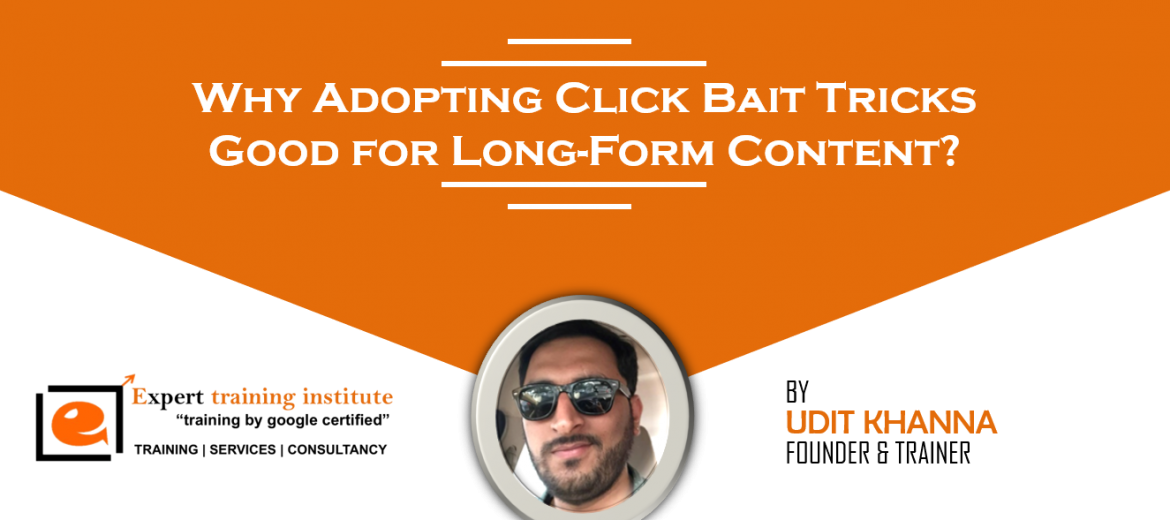 You can even use local slang or conversational phrases because you should do anything but not look like a machine brand talking at them.
You can even use local slang or conversational phrases because you should do anything but not look like a machine brand talking at them.
Here is a fine example of a conversational Facebook ad.
Image SourcePro Tip: You can choose your brand personality on Facebook and reflect it in your ad copies. After all, it’s your ground to play.
6. Leverage Video Ads on Facebook
You are leaving a big opportunity for nothing if you aren’t using video ads on Facebook.
Even after the algorithm has changed, video ads take up a special place in the newsfeed. They provide better opportunities for a brand on Facebook i.e., it catches a user’s attention better than other content formats and drives more traffic.
More and more users are watching videos these days and you have to keep up with it. With better reach, videos also allow you to express your idea more effectively. And this can help you engage your audience to convert them better and hence, increase Facebook Ads ROI as it did for Snickers.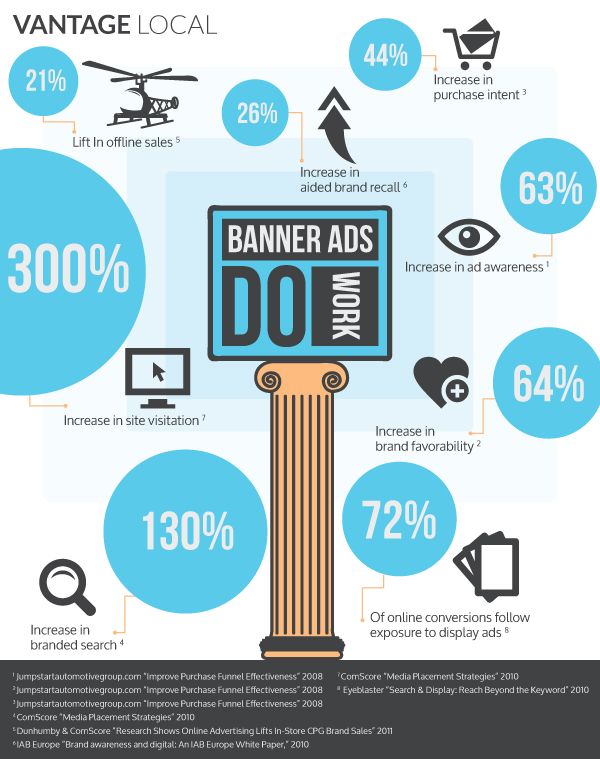
Facebook video ads are different from videos that are usually on YouTube or any other platform. They need a proper structure to catch a user’s eye in a social environment. Here are some tips.
- Make the initial 3-4 seconds the most attractive so that a user stops scrolling.
- Create videos that are equally impactful even without sound as most of them watch videos by keeping it on mute while scrolling.
- Test different variations of your video to come up with the best one.
7. Track As Much As You Can
Even if you are doing everything right, you always want to know what’s working for you and what isn’t. Otherwise, how will you make better decisions?
“If you can’t measure it, you can’t improve it” – Peter Drucker.
To know your progress in and out, track your Facebook Ads campaigns. This will help you know the exact number of conversions, and will also tell you which Facebook ad is getting more clicks and impressions.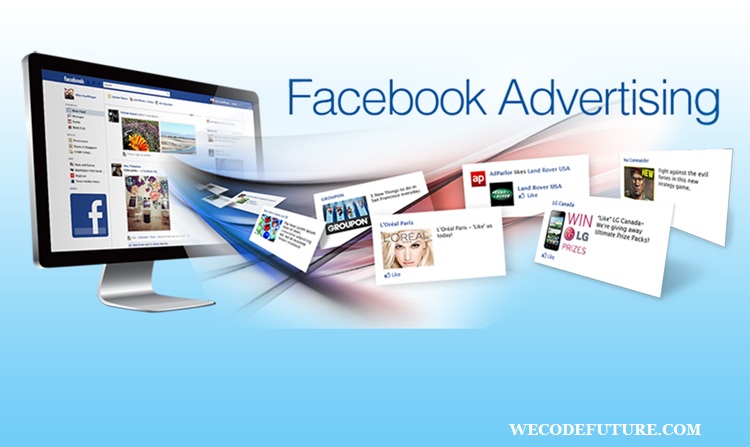
This way, you will think clearer on working towards the improvements needed and hence, successively increase your Facebook Ads ROI.
It’s not that difficult.
You can utilize Facebook’s tracking features for it or if needed, there are a bunch of Facebook analytics tools available in the market. Make the most of them!
8. Never Ignore A/B Testing
It’s usual to have a bunch of questions when working on Facebook Ads. You must question the potential of your ad copy, visual, etc., and how many conversions will it generate. The answers to all these questions aren’t written down in any rulebook.
The best way to find answers to these questions is through experimentation, always.
Every brand has a unique Facebook audience and you can’t know what will work for you from anywhere else except your audience. So, start experimenting with your Facebook ads and work on your ad layout, copy, or multimedia.
Test, test again, and repeat!
You can begin with creating an A/B test within the Ads Manager Toolbar by following these steps:
1. First select multiple published campaigns that you want to perform an A/B test on and then Select “A/B Test”, which is the laboratory flask icon in the toolbar:
First select multiple published campaigns that you want to perform an A/B test on and then Select “A/B Test”, which is the laboratory flask icon in the toolbar:
2. Doing so will take you to the following setup screen:
3. Next determine how you want to select the winner and complete A/B test setup:
4. You then review, publish, and see results in the Experiments section of your Facebook Ads Manager.
Other than this, there are different ways to conduct A/B testing such as Duplication, etc. So, explore your options and then work on increasing your Facebook Ads ROI.
Again, there is no rule for how often a specific user should be shown a specific ad. But, definitely not just once. The ‘reach’ figure determines how many times your ad was on the same page as the user but it doesn’t guarantee if the user saw the ad.
You should aim at showing your Facebook ad to a user at least thrice because a person needs to see a certain thing at least thrice to remember it as per human psychology.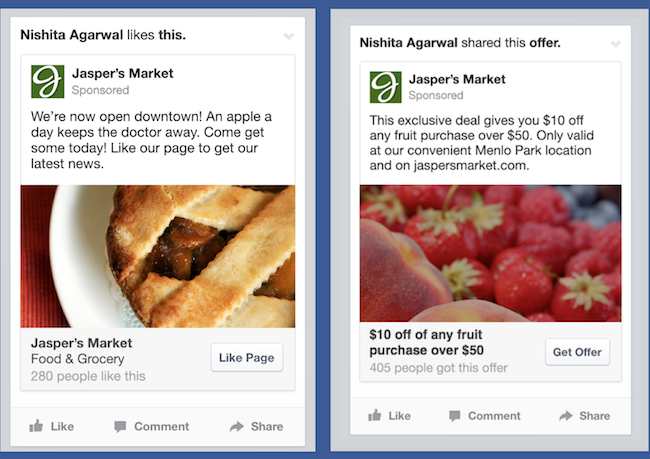
But be careful as well!
You don’t want to be tagged as ‘spam’.
At this time, you need to derive on your own how often your ad will be noticed if shown on the screen based on its visual appearance, ad copy, etc. And as I said before, experimentation is your key to success for increased Facebook Ads ROI.
Conclusion
So many marketers now look at Facebook as a difficult platform to win with their usual marketing techniques.
Believe me, it’s not!
You just need to alter a few techniques and bring in some new ones to get back in the Facebook advertising game. Each technique mentioned above in the blog is as important as the other.
You can choose the ones that suit your business on Facebook depending on your target audience and start experimenting.
I would suggest giving at least one shot to all 9 ways because experimenting with them can bring you some unexpected results. It can also help you develop your future ideas for Facebook marketing.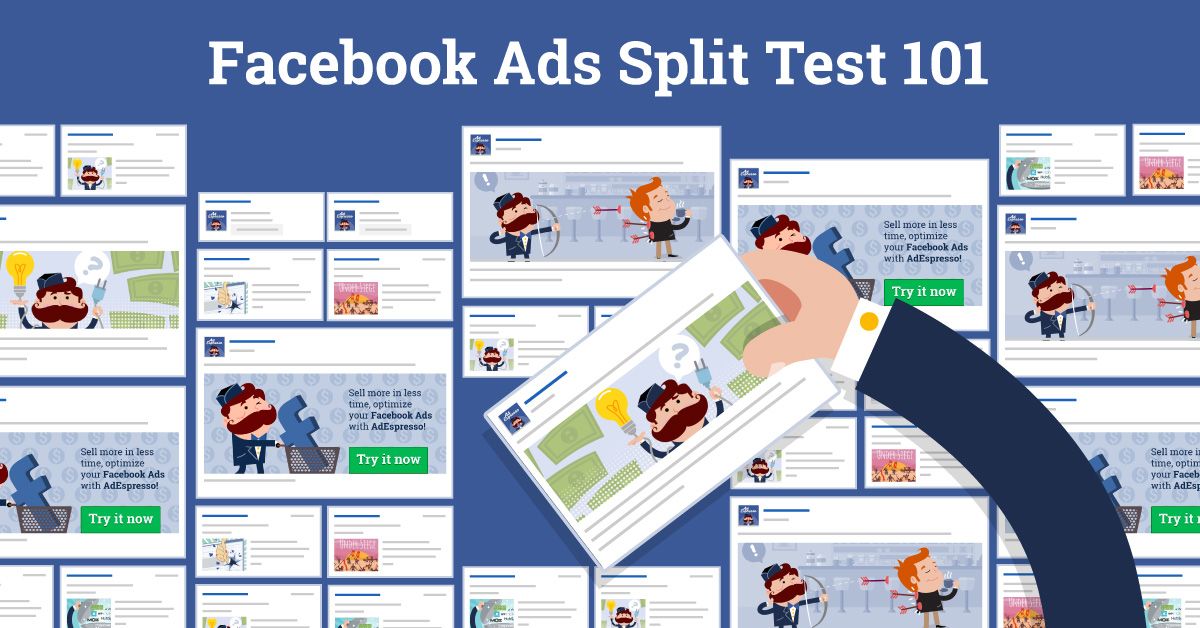 This or that, you will surely find techniques here to enhance your Facebook Ads ROI.
This or that, you will surely find techniques here to enhance your Facebook Ads ROI.
Comment down below and let us know which techniques you think will work best to enhance your brand’s ROI on Facebook.
We would love to hear from you. Comment down below if you have any other techniques in mind. After all, your ROI is only as strong as your strategy.
Happy Facebook Marketing!
Author Bio
This guest post was written by Manvi Agarwal. Manvi is a Marketing & Communication Manager at SocialPilot. Social media & content is Manvi’s niche area in which she employs an interactive user-oriented strategy. Besides this, Manvi loves experiencing new things and trying new food! Connect with Manvi on LinkedIn: https://www.linkedin.com/in/manviagarwal28/
Hero photo by NeONBRAND on Unsplash
Facebook Ads ROI FAQs
What is a good advertising ROI?
A good advertising ROI (Return on Investment) is one that exceeds the cost of an ad campaign and produces measurable benefits for a business or organization.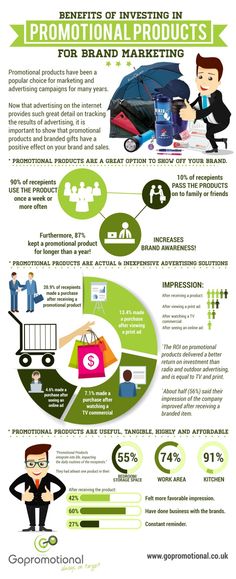 To calculate an effective ROI, it is important to have an clear grasp on both the incoming revenues and outgoing costs for any ad campaign. Careful analysis of these factors is necessary to determine how profitable a campaign was overall.
To calculate an effective ROI, it is important to have an clear grasp on both the incoming revenues and outgoing costs for any ad campaign. Careful analysis of these factors is necessary to determine how profitable a campaign was overall.
What is a good ROI for Facebook ads?
A good ROI on Facebook ads would depend on the type of campaign, but generally a strong ROI would fall between 8-10x. This means that if you invested $1 in ads, you should get back at least $8-10 in revenue in return. While this may be considered a high bar for some businesses and campaigns, it’s essential to ensure that your ad spends are worthwhile – after all, getting a lesser return (or a “negative” one) can be disastrous for small businesses and big brands alike.
What is average ROI on FB ads?
On average, many businesses that use Facebook advertising report an ROI of 1-10%, depending on the type of products or services offered and how well their ads are crafted.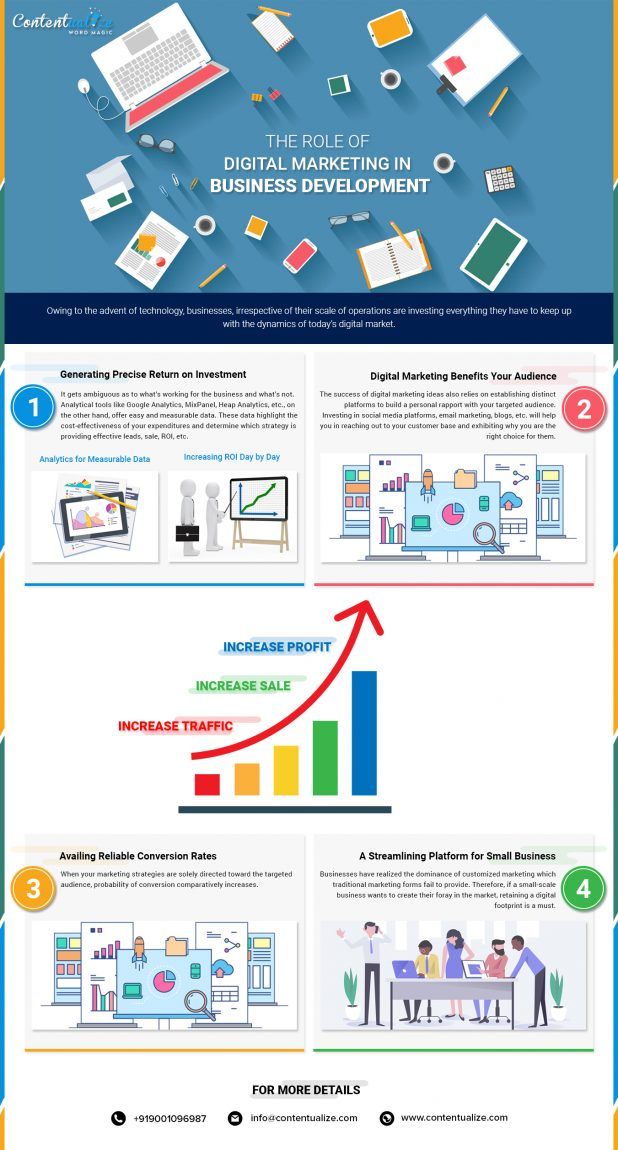 To ensure they achieve greater returns, companies must be knowledgeable of the various options available within Facebook Ads Manager and keep track of both cost per click (CPC) as well as conversions. Ultimately, if managed properly, FB Ads can yield excellent financial results for a business over time.
To ensure they achieve greater returns, companies must be knowledgeable of the various options available within Facebook Ads Manager and keep track of both cost per click (CPC) as well as conversions. Ultimately, if managed properly, FB Ads can yield excellent financial results for a business over time.
How do you calculate ROI on Facebook ads?
Calculating ROI on Facebook ads can be a challenging task due to the many variables involved. However, the best way to approach the task is by breaking it down into simpler steps. First, determine how much you are spending on your ad campaigns. This includes all costs associated with your ad creative and placement. From there, identify how much of your total investment was recovered through sales attributed directly to your adverts.
What is a good ROI for social media ads?
The greatest ROIs come from campaigns that are strategic, highly focused, and well-timed.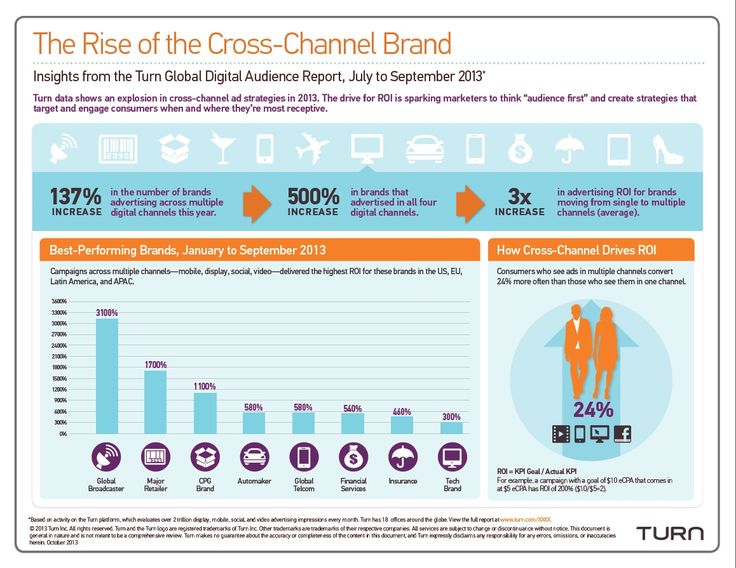 Goals should be established upfront in terms of the desired outcomes and the cost constraints desired. Additionally, budgeting appropriately is essential to ensuring the success of the campaign. Marketers must also have an understanding of their target audience in order to craft messages and content that will resonate with this group.
Goals should be established upfront in terms of the desired outcomes and the cost constraints desired. Additionally, budgeting appropriately is essential to ensuring the success of the campaign. Marketers must also have an understanding of their target audience in order to craft messages and content that will resonate with this group.
7 ways to improve ROI on Facebook Ads · Polymer
Looking to improve your ROI on Facebook Ads?
Facebook Ads are still a very effective way of reaching people. However, with so much competition risking overflowing the market, it’s more important than ever to make sure you’re optimizing your Facebook Ads.
That’s why we put together this list of 7 ways you can improve your ROI on Facebook Ads, and make sure you’re getting the most out of your efforts, and, most importantly, your budget.
Let’s get started!
Measuring Your Facebook Ads’ ROI
You can easily measure your return on investment (ROI) on Facebook if you have the right tools and know what to look out for.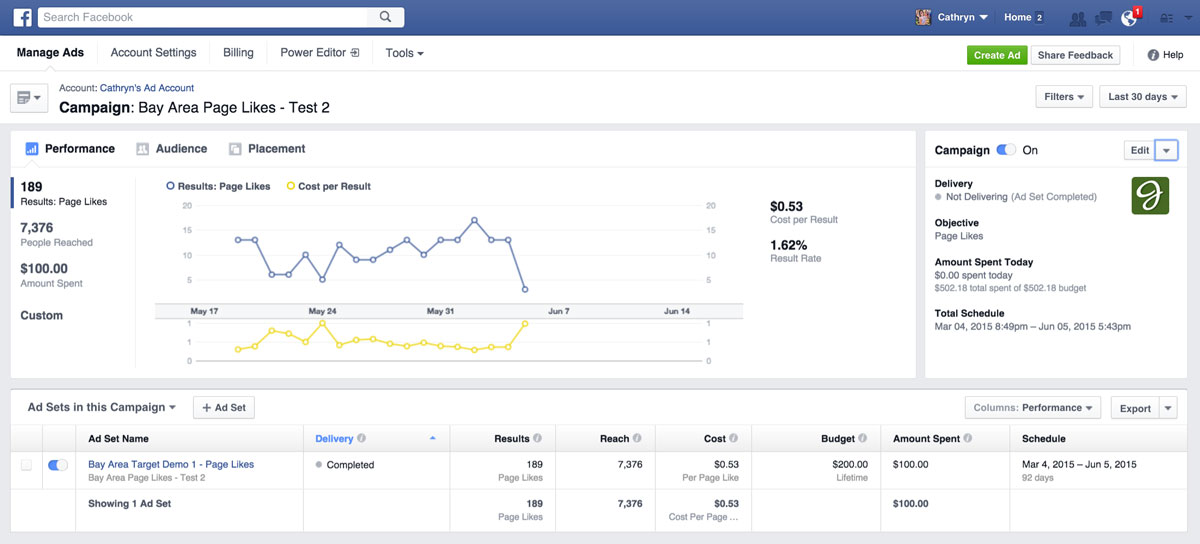
Although Facebook Analytics is no longer there, you can still access the Facebook Business Suite to get an overview of your Facebook and Instagram professional accounts, find data on your organic and paid for growth, along with a few metrics to determine engagement, and options to compare current data against historical data.
Facebook also offers you Facebook Insights, a Facebook business dashboard that gives you access to data on post-performance, user behavior, and even competitor page data to compare your ROI against.
Facebook Ads also have data you can use to measure your ROI on paid growth, giving you access to your Facebook campaigns and their performance. And Facebook Pixel allows you to keep track of users coming off Facebook and into your business website, letting you know how your audience reacts to your campaigns and giving you a more accurate understanding of their behavior.
Finally, other tools like Google Analytics and specialized, data managing software can give you a deeper insight into your ROI, and help you condense data to keep track of your KPIs more easily.
How To Improve Your ROI On Facebook Ads
Here are a few tips to help you improve your ROI on Facebook Ads:
1. Define Your Target Audience
A clearly defined target audience is easier to target and easier to convert. Luckily, Facebook gives you a lot of power over target audience customization.
With Facebook, you can define custom audiences based on their lifestyle, their interest, their engagement, and more. Nailing your target audience down to the granular levels allows you to filter out any user who isn’t ready to click on your CTA.
You can use Facebook Insight tools to look into your current audience, their pain points, and the reasons they have to engage with you. You can also perform research on your competitors, defining their target audience and targetting them.
Once your Facebook Ads campaigns are starting, you can start A/B testing your ads, and looking into your growth and engagement to keep refining and perfecting your target audience.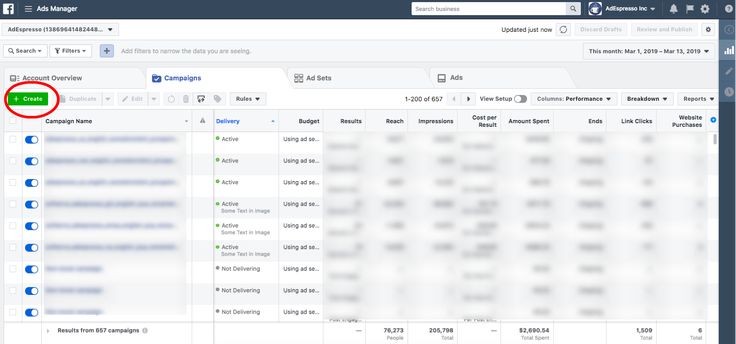
2. Develop A Unique Angle For your Personas
Users are more likely to connect to your brand if they see a story instead of seeing the sales and discounts everybody else is advertising. By focusing on telling the right story while presenting your products and services, your Facebook Ads can make a deeper connection with your target audience, enticing them to click through more easily.
Use your target audience to define the right story for the right audience. Use the pain points your audience is looking to solve and find ways of quickly communicating how your solution can solve them. You can use visuals to showcase your product in action, allowing each user to picture themselves using your solution to fix their same pain point.
You can also go bigger, with larger multi-channel marketing campaigns that convey larger stories to improve your ROI on multiple channels, not just Facebook.
3. Write An Irresistible Facebook Ad Copy
Your copy should effectively use the limited amount of characters Facebook Ads allow.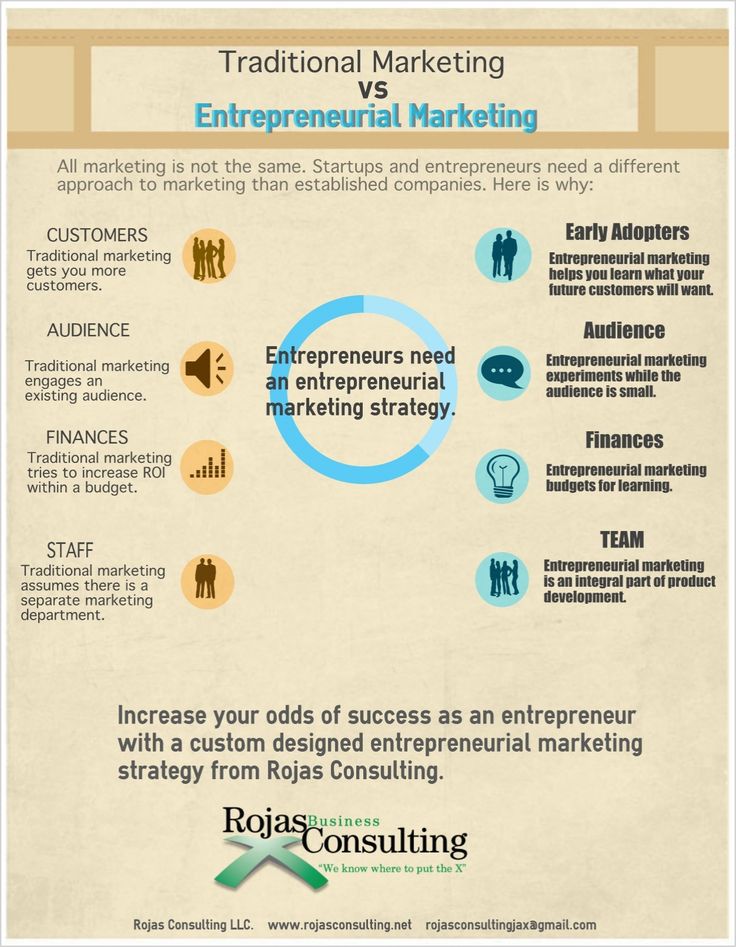 Its main purpose should be to entice your audience to stop for a couple of seconds and click the CTA button.
Its main purpose should be to entice your audience to stop for a couple of seconds and click the CTA button.
To do this, keep your ads as impeccable as possible, trimming anything that isn’t guiding your buyers to the CTA. You can also make use of tried and tested ad formulas, like opening with a question appealing to your audience’s pay point. Copy showcasing the benefits of your products or services, and testimonials from happy customers are also effective formulas to develop compelling ads.
Remember to test your copy often, allowing your ads to be audience-driven to ensure efficiency.
4. Improve Your Ad’s CTR
Examining your ads’ click-through rates is vital when looking to improve your ads’ ROI. After all, the more clicks your ads get, the more cost-efficient they are. Besides improving your copy, there are a few ways to make sure your CTR is as optimized as possible.
Start by favoring desktop ad placements. Generally speaking, the carousel ad is a simple and engaging Facebook ad format.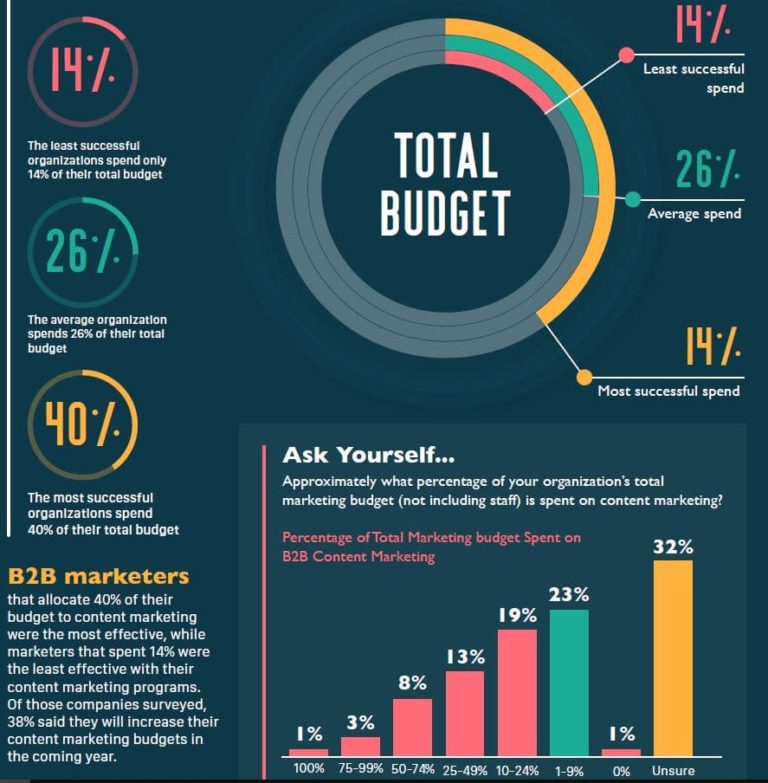 Since it’s easy to set up, you can quickly set up several carousel ads to show more of your products and services.
Since it’s easy to set up, you can quickly set up several carousel ads to show more of your products and services.
Facebook also has different options of CTA buttons for you to customize and adapt to your ads. Making sure you’re using the right one can confirm your user’s intentions by clicking or tapping on it, and can help you entice your users to click through.
Finally, make sure your ads are hyper-relevant to your audience by carefully regulating the number of times your audience is exposed to your ads, favoring lower frequencies for more exposure to fresh eyes.
5. Optimize Your Landing Pages
Once you’ve done the heavy lifting of getting a user to click through your ad, you need to make sure your landing page can deliver.
Look into the percentage of people that never get past your landing page. Higher percentages may be a symptom of a landing page in need of urgent optimization.
Great landing pages are designed well, seamlessly transitioning the user from the ad into their customer journey.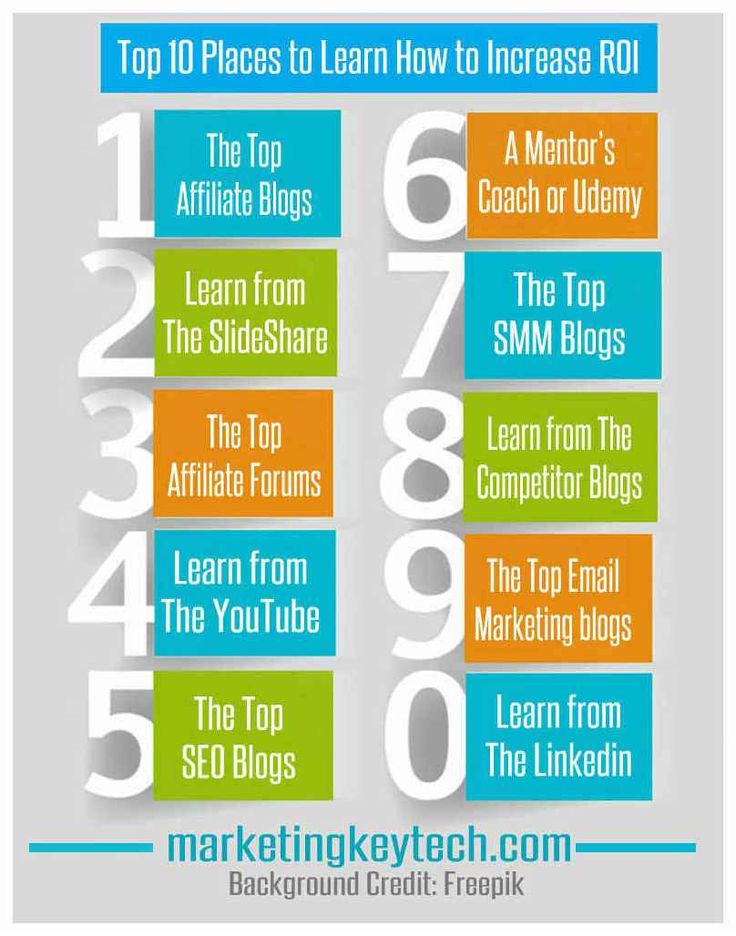 To do this, your landing page has to immediately deliver on what your copy promised. Mobile-friendly pages are the gold standard, allowing you to get users regardless of the device they’re using.
To do this, your landing page has to immediately deliver on what your copy promised. Mobile-friendly pages are the gold standard, allowing you to get users regardless of the device they’re using.
Remember to keep your landing pages fresh and updated, testing along the way to ensure you have the copy that performs the best.
6. Test Your Facebook Ads
Testing can be tricky to do. After all, it can be hard to know what to test, and when to test it, so it’s easy to underdo it.
However, the best way to make sure your ROI is as optimized as possible is to test variables as you go. A/B testing can almost immediately show you which version performs better in a sample of your audience, making it easy to ensure your ROI stays high.
Make sure to test every variable, like the ad design and copy, the CTA button, the ad placement, and even the audience. Once 48 hours have passed, you’ll start to get a close idea of which ad is performing better and why. Then, all you have to do is use the version of the ad that performed the best!
Make sure you’re testing often by scheduling testing in advance to keep your ads fresh and optimized.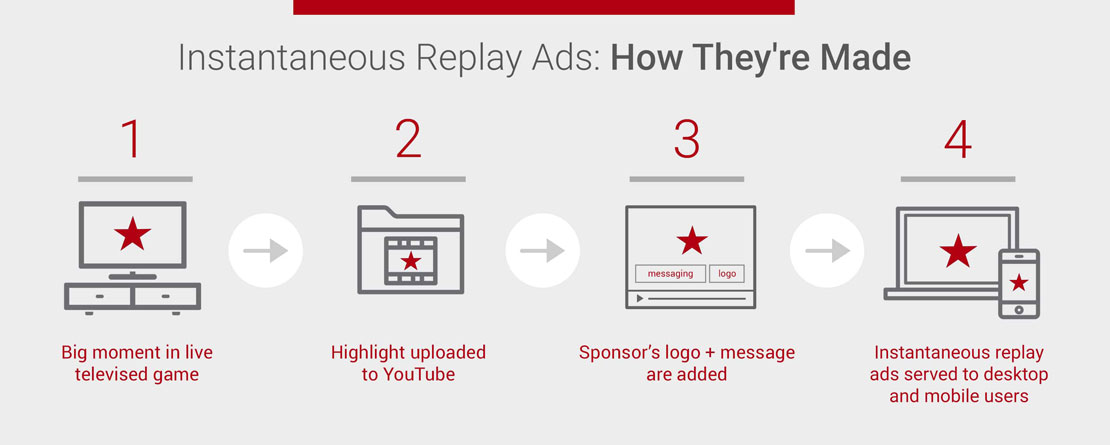
7. Use The Right Format For The Right Audience
Finally, a great way to ensure you’re improving your Facebook Ads’ ROI is by playing around with their formats and making sure you use the right one for the right audience.
Image ads are one of the simplest forms of ads Facebook offers. With a simple copy, an image, and a link, image ads can be created quickly and effectively, allowing you to test fewer things to ensure an optimized ad.
Slideshow ads and carousel ads take the image ads to the next level, adding more images and copy options to your ad. Video ads and stories ads can be harder to make but offer you great engagement and click-through rates when done right.
You can play around with the kind of content you put into Facebook ads to make them more engaging and effective. User-generated content can often be an effective way of using social proof to create more engaging ads. Well-produced videos, highly-informative infographics, and even memes can help your message break through the noise and reach your audience.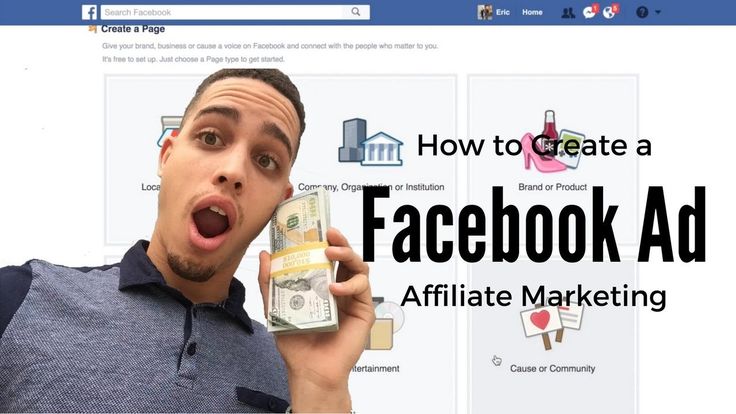
Make sure you’re choosing the right one by putting your user persona first and making sure you’re using the right format to convey the right message.
How to Find the Best Target Audience for Facebook Ads
Finding the best target audience for your ads is key to keeping your budget low while keeping effectiveness high. To find the best target audience, you have to segment your audience into user personas, and create shareable content for them to keep them engaged. This will lower your costs and ensure your ads are as efficient as possible.
That’s why we’ll show you how to use intelligent tools to help you analyze your data, segment it, and easily find the target audience you’re going for. All you need is to download your Facebook Ads Data into a spreadsheet and upload it into Polymer.
Here’s how:
Step 1: Upload Your Spreadsheet
Sign up for a free account with your email, Gmail, or Facebook account. Once you’ve signed into the account, you can go to the left menu, go to the bottom, and select “Add Data”.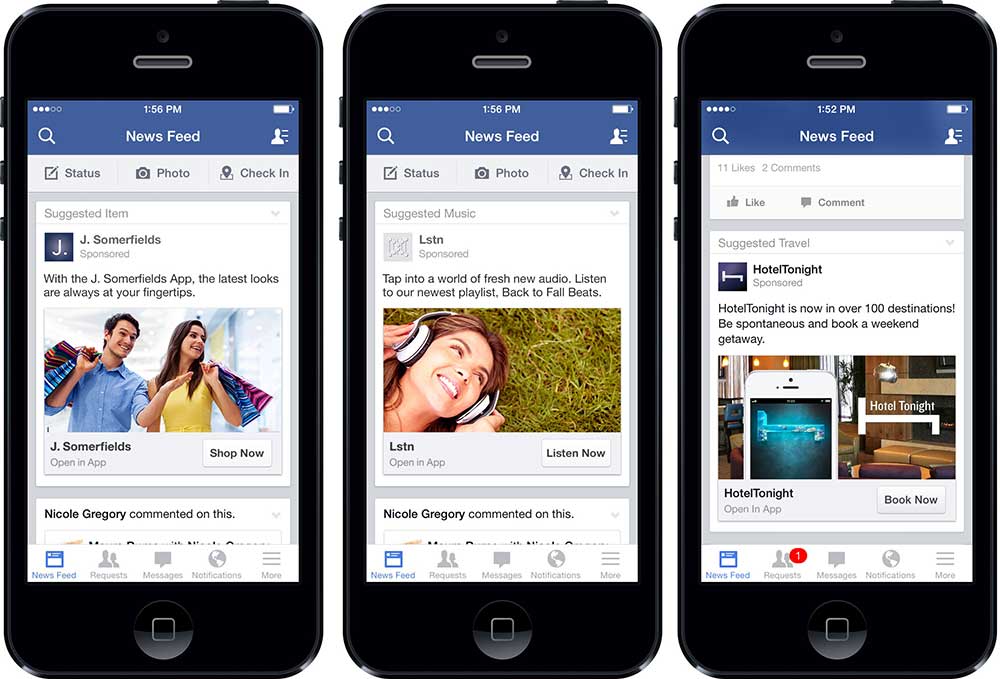 You can choose to upload your Facebook Ads Data spreadsheet from your computer or from your cloud service.
You can choose to upload your Facebook Ads Data spreadsheet from your computer or from your cloud service.
Polymer will start analyzing it, automatically labeling data, and building up an automated and responsive web app.
You can also access the database sample we’ll be using to follow along.
Step 2: Use Auto Insights
Now that we have a working database in Polymer, you can use the automated insights to help you learn from your data. If you’re using your own database, you’ll want to ensure the “Insights” option on the main menu is enabled:
Then, you can use an automatically-generated pivot table by clicking on “Pivot” at the left of the top bar, and selecting your columns and metrics to find the data you’re looking for:
In our sample database, we can compare our ad groups to see which ones have been our most successful ones.
We can see that not just through the numbers from the spreadsheet, but with the automatically-generated green and red numbers comparing it to the average and contextualizing the data:
Step 3: Identify Trends
You can also use your data to find trends that are just starting.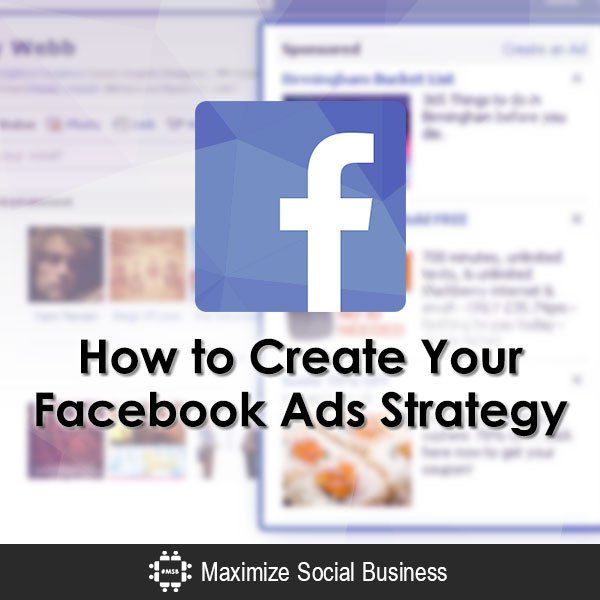 Go to the “Visualize” tab:
Go to the “Visualize” tab:
Here, you can pick among different data visualization options to see your data. We’ll select the Time Series and input “Conversions” into the y-axis, and “Date” into the x-axis to visualize the trend. Then, we can select the campaign we’re interested in:
Once you’ve selected your ad group, you can see their performance on the graph and their time trends:
Step 4: Find Your Top Performers
With Polymer, you can also find the patterns you need to identify the top performers. Start by going to “Insights” again and selecting “Explainer”:
Let’s look at the Conversions and select them under “Metric to Maximize”, then breakdown by Ad Group to check how each audience is performing:
Now we can instantly see which ad group is performing the best compared to the rest, and by how much.
Make sure to keep updating your data in Polymer as you develop more Facebook ads to keep refining your results and improving your ROI!
Drop your first spreadsheet for free here.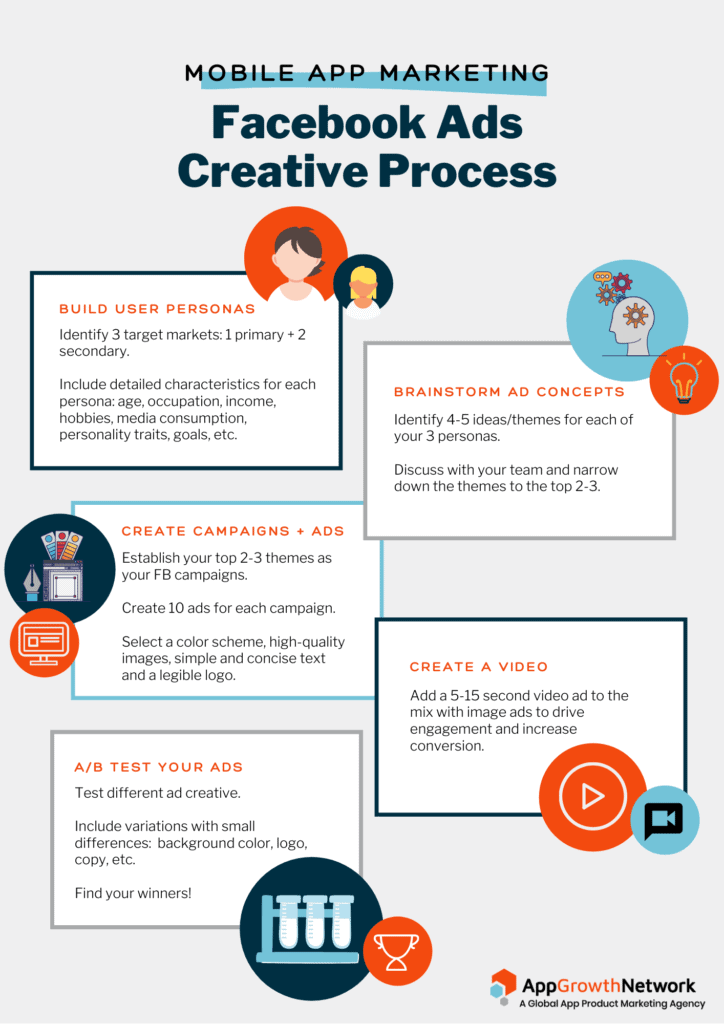
Conclusion
Although nowadays improving your Facebook Ads’ ROI isn’t as easy as before, you can still make sure your ROI is as high as possible if you follow the tips on the list.
As we’ve seen, as long as you have the right ads for the right audience, and keep testing along the way to make data-driven decisions, you’ll be able to improve your ROI in no time.
How to get a 400% return on campaigns using targeted advertising on Facebook - Secunda case
Service: PPC with a monthly fee.
Project: secunda.com.ua — watch online store.
Promotion period: September 1 - 30, 2020.
Region: Ukraine.
Team: Sergey Berezhnoy (IM), Anna Samus (PM).
Facebook is a platform that provides not only coverage, but also sales. By using the right message, the right creatives, and fine-tuning your audiences, you can increase overall store sales and brand awareness. Using the example of promoting the Secunda online store, we tell you how this can be done.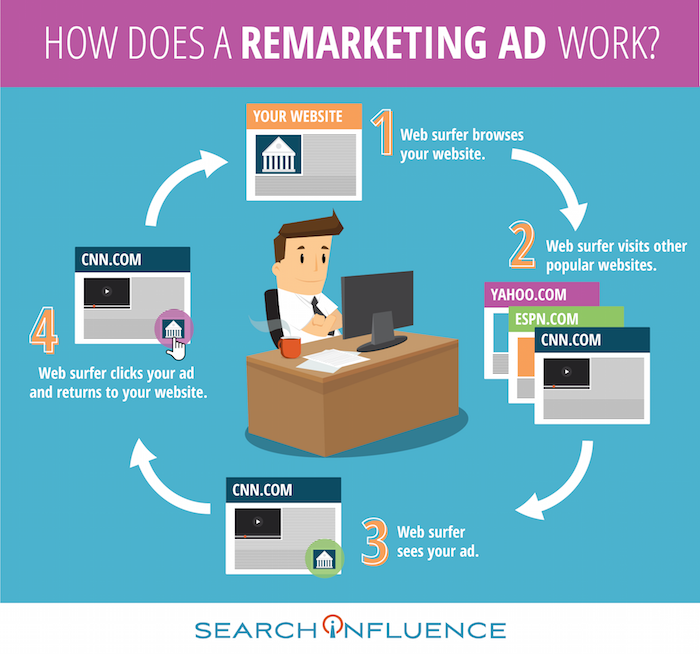 nine0005
nine0005
By the way, we recently wrote about how we used a beta version of a new Google tool on this project.
Who is the client? The history of the brand began in 1992 with an offline point in Kyiv. Now it is 32 stores.
More than 30 Swiss, Japanese, American, French, Austrian, German and other European watch brands are represented in Secunda. nine0005
You can also buy accessories in the online store: jewelry boxes, watch straps and bracelets, cufflinks, jewelry and even lighters.
The company has its own blog with useful materials, up-to-date information about promotions and products, news can be found on Facebook and Instagram.
Goals and objectives
We were faced with the task of scaling the client's income by connecting new traffic sources. First of all, we analyzed such sources and settled on Facebook. Here, flexible targeting options are available, various types of campaigns and ads are available. nine0005
Team actions
First of all, we decided to launch dynamic remarketing and conversion campaigns.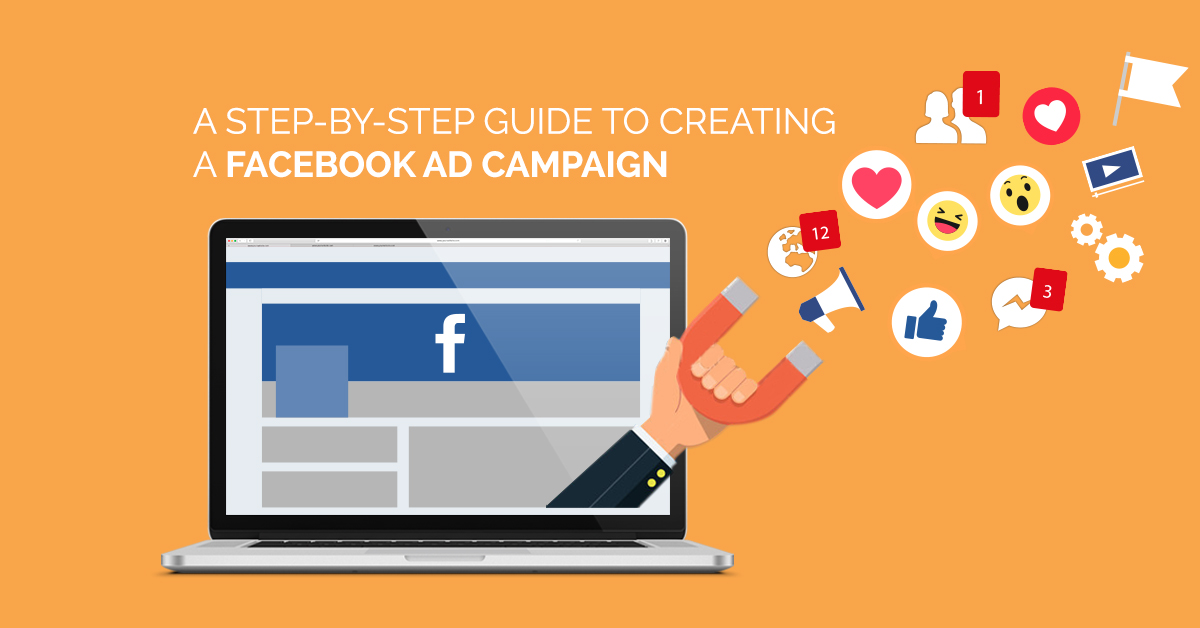 Based on the average volume of traffic to the site, we understood that dynamic remarketing is an ideal way to catch up with those people who have not yet decided to buy. Prior to this, the client worked with the sales funnel only through Google Ads, and this was an opportunity to remind people of himself also on Facebook, and targeted advertising is the best opportunity to reach the target audience. nine0005
Based on the average volume of traffic to the site, we understood that dynamic remarketing is an ideal way to catch up with those people who have not yet decided to buy. Prior to this, the client worked with the sales funnel only through Google Ads, and this was an opportunity to remind people of himself also on Facebook, and targeted advertising is the best opportunity to reach the target audience. nine0005
Conversion campaigns motivate potential customers to make a purchase. When optimizing campaigns, everything is taken into account: gender, age, user interests, and more.
We also launched catalog advertising for a new audience - this is an analogue of Ads shopping campaigns, where a person immediately sees the product, seller and cost.
This is how the ad group setup looks like:
And this is how the ads look like:
0005
- Installed the Facebook pixel.
- Three events have been set up for correct operation of dynamic remarketing and conversion campaigns:
- ViewContent - view product card;
- AddToCart - adding to the cart;
- Purchase — successful purchase.
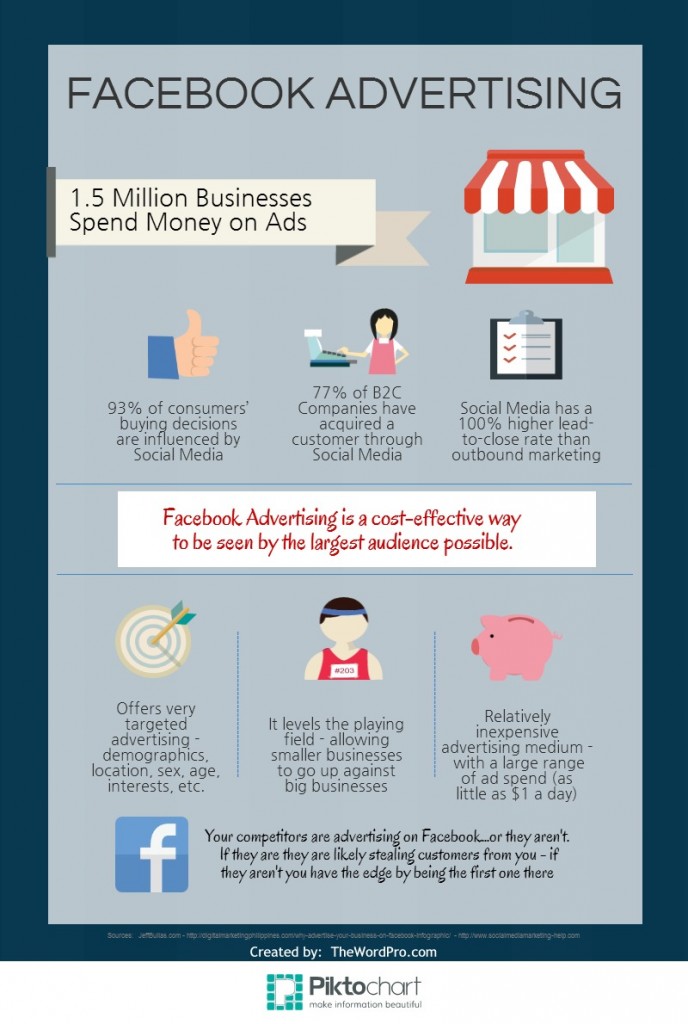
Read more about setting up events in the article about dynamic remarketing on FB.
- Data catalog (feed) has been uploaded. By the way, read the article on how to upload a feed and create product groups - it contains a detailed manual. nine0064
Campaigns set up:
- dynamic remarketing for people who have added a product to the cart;
- conversion campaign with a promotional offer and purchase optimization;
- catalog advertising to a new audience;
- used the Instant Experience format with a connected product catalog as an ad, as during testing this format proved to be much better than a standard image or gallery. nine0075
- Facebook is a platform for working with a cold audience, which means that it is worth working on messages so that they attract people's attention.

- When launching dynamic remarketing, you should take into account the correct setting of dynamic remarketing events - this provides additional optimization not only for remarketing, but also for conversion-oriented campaigns. nine0064
- You need a correct, regularly updated feed that contains only relevant products.
- gives fast results;
- allows you to collect data for advertising analysis before campaign optimization;
- allows you to quickly determine the effectiveness of an advertising campaign.
- text-graphic;
- videos;
- carousel.
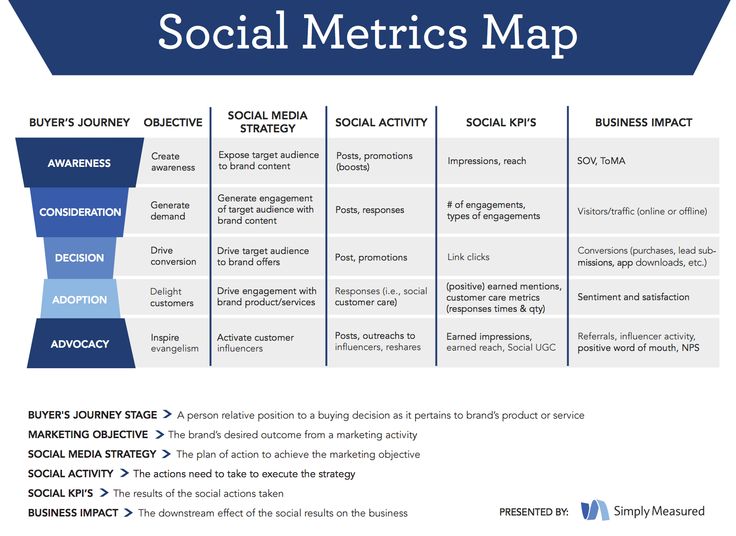
- indication of a specific benefit for the buyer;
- unique advantages not available from competitors;
- time-limited discount or bonus;
- high-quality presentation of information.
- to involve the user in long-term interaction;
- convey strong emotions and moods;
- demonstrate more benefits of the product (brand) than a static image;
- get maximum audience reach;
- achieve high engagement and click-through rates.

Instant Experience format
Important : the beauty of the setup is that we practically did not involve the client's programmer and were able to avoid additional expenses.
Since most of the terms of reference have already been implemented for Google Ads, we have adapted the necessary settings through Google Tag Manager.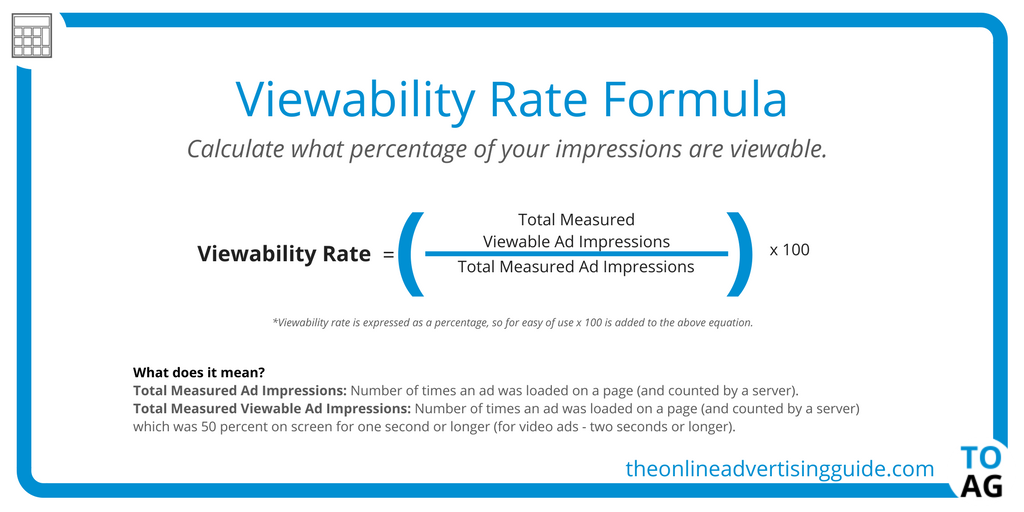
A potential difficulty could be adapting already implemented code and parameters to Facebook Pixel events. But we know how to set up variables in GTM, how to adapt these parameters to the event code, so we easily solved the problem. nine0005
Results
For the reporting month we got the following results:
And by campaigns:
Note that the income is taken from Google Analytics using the Last Click model. If you look in your Facebook account, there will be more purchases due to a different attribution model:
Feedback on cooperation
Anna Samus , Netpeak project manager and by the agency. The whole team is diligent, motivated to do more. We have huge ambitions to improve the result, so new cases are just around the corner. nine0005
Conclusions
We already had information about the general portrait of the audience: we used Google Analytics, where you can highlight the audience of people who are already buying on the site. Therefore, all that remained was to transfer the audiences to Facebook and avoid unnecessary testing and additional costs.
Order ads from market leaders
15 tips to make your Facebook and Instagram ads as effective as possible
There are many tips on how to increase the return on advertising on Facebook and Instagram. Many life hacks are basic targeting guidelines rather than effective ideas that can improve results. But there are also tried-and-true tricks that can really increase your ROI on your Instagram and Facebook ads and increase engagement. nine0005
But there are also tried-and-true tricks that can really increase your ROI on your Instagram and Facebook ads and increase engagement. nine0005
Here are 15 proven ways to improve your Facebook and Instagram ads, covering everything from campaign optimization to design and copywriting tips. Internet marketers, putting them into practice, achieve noticeable success without much risk, and, interestingly, not all of these ideas require an increase in budget.
1. Use the Fast Take-Off (FTO) method.
Accelerated display of ads at the campaign start stage has undeniable advantages:
When setting up a new campaign, a budget (daily or total) is assigned that is 200-300% higher than planned. After gaining 10,000+ impressions, you can work with statistics.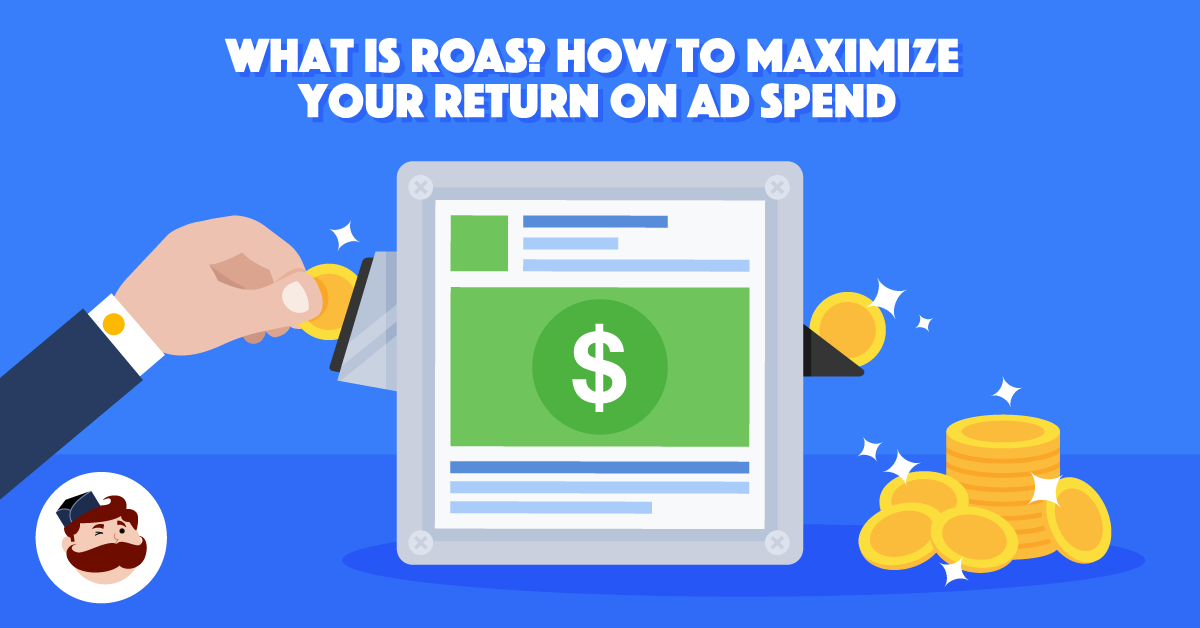 Algorithms require at least 24 hours to optimize campaigns. Give the system that time, get the results, and change the budget back to the planned one. nine0005
Algorithms require at least 24 hours to optimize campaigns. Give the system that time, get the results, and change the budget back to the planned one. nine0005
2. Collect the maximum number of reactions with one post
In the "Ad Settings" section of Facebook there is an option "Use an existing post". With its help, you can collect all the interactions with the post involved in different advertising campaigns, with different audiences and bids.
3. Determine the type of ad correctly
There are many placements for advertising on Facebook and Instagram - a single image, a carousel, a collection, stories, etc. If there is not much time to test different methods, it is tempting to use someone else's experience. But not everything is so simple, the carousel allows one to achieve the maximum effect, while others break records with ordinary graphic advertising. nine0005
Therefore, even if the deadlines are running out, you need to test at least three options:
By evaluating relevance scores and CPCs in each case, you can choose the option that delivers more social media conversions at a lower cost.
4. Create a really valuable offer
Make advertising attractive to users is your main task. The only way to get people to spend their most valuable resource (time) on getting to know the message and clicking on the link is to prove its usefulness. Without first explaining what the product is good for, you can't expect people to want to look at it at all. nine0005
Value orientation implies:
5. Take care of an individual ad schedule
If your field of activity is not sushi delivery, it is unlikely that your ads are relevant to Facebook and Instagram users around the clock. Ad reports will give you accurate information on which days of the week and hours you have the most conversions at the lowest cost (Facebook Ads Manager - "Columns" - sampling by time per day). nine0005
Ad reports will give you accurate information on which days of the week and hours you have the most conversions at the lowest cost (Facebook Ads Manager - "Columns" - sampling by time per day). nine0005
The ad performance overview can and should be used to set up an individual display schedule.
6. Use smart planning
Large-scale long-term campaigns often lead to a natural effect of user burnout - people simply get tired of looking at the same ad for weeks.
A couple of advertising creatives, which will be shown on different days, will neutralize the negative effect. This could be, for example, 3 separate banners placed in different ad groups - one design on Monday and Friday, another on Wednesday and Saturday, and a third on the rest of the week. nine0005
7. Create and launch video ads for mobile devices
Videos allow:
Video Creation Kit provides tons of tools for creating videos with templates, photos, logos, text overlays. You can turn static images into spectacular slideshow animations. nine0005
8. Advertising creatives are not the only way to get attention
There are a number of working ways to make an ad worthy of the audience's attention, for example, including numbers in the text, or better yet, in the headline. According to a study published by Moz, a number at the beginning of a title increases the likelihood of a link being clicked by 36%.
Another relevant option to raise interest in the publication is to use symbols and emoji. This method has an additional advantage - it structures the advertising message and makes it easier to read. nine0005
9. Add Captions and Subtitles to Videos
Instagram and Facebook statistics claim that additional captions in stories can increase the number of views by 10% and 12%, respectively. This fact has a completely logical explanation - by default, the sound in the settings is turned off, moreover, many users, in principle, prefer to watch the tape without sound, so subtitles and captions are effective. They allow you to immediately understand what is at stake.
They allow you to immediately understand what is at stake.
10. Ask people questions
You have the opportunity to encourage people to interact with the brand by asking them questions, encouraging them to express their point of view. According to Facebook, such actions increase engagement, positively affect response and conversions. When testing certain variants of questions, you should analyze user behavior and draw conclusions.
11. Keep texts as short as possible and talk about the offer in the first line
Modern users need 2-3 seconds on desktop and only 0.4 seconds on mobile to recognize an advertisement in a post. A quick view puts forward new requirements for the text - it must be as capacious and understandable as possible. nine0005
It should also be taken into account that social networks cut off the text, and not everyone will unfold it. USP should be placed at the very beginning, so that even with a cursory glance at the advertisement, the user sees it.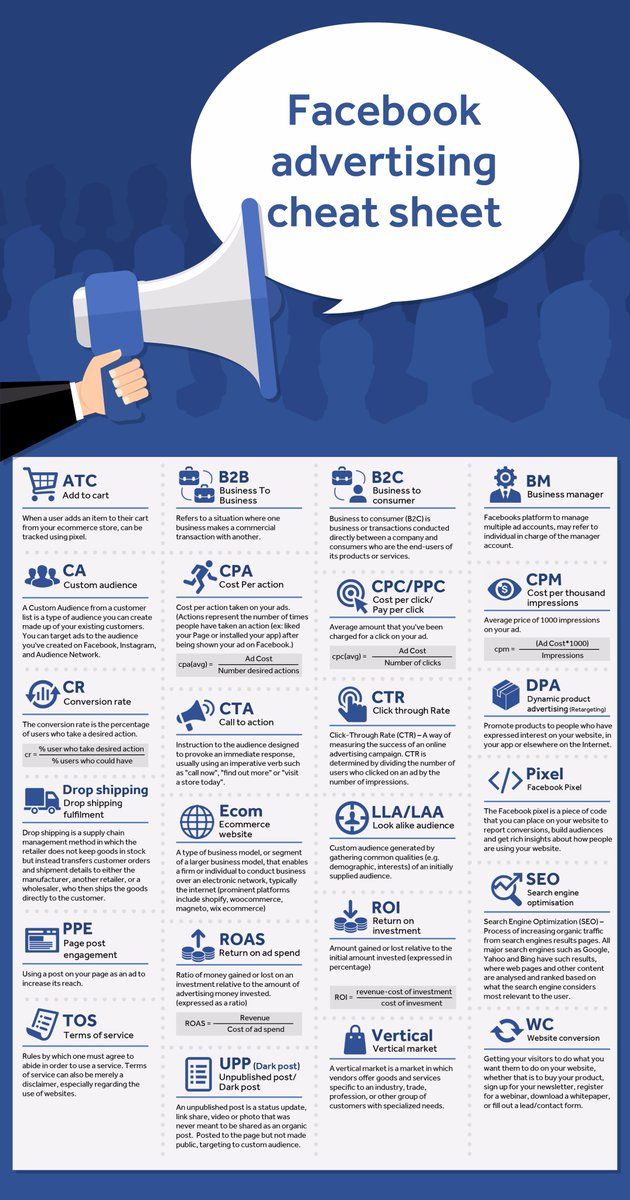
12. Be mindful of the content in Stories
This placement was created in a special full-screen vertical format (9:16), which creates an immersive effect for the user. The hallmarks of content in Stories — spontaneity, conciseness, and liveliness — allow you to attract and hold attention. nine0005
When advertising in stories, you should strive for maximum authenticity - for this you can use stickers, but in moderation so as not to distract the user from the message itself. Audio accompaniment will enhance the effect of advertising; stories with it, as practical experience shows, are more effective than silent ones.
13. Combine static images and motion elements (video)
Facebook claims that ad campaigns with a mix of static and video performance indicators in the vast majority of cases (86%) gave the best results. Experiment with different formats - static pictures, animated texts, Boomerang or GIF formats. Track which product demo grabs attention and drives more sales. nine0005
nine0005
14. Exclude converted users from showing
People who have already seen your ad, clicked on it and even left a request, absolutely do not need to be re-impressions. Moreover, if you continue to show ads to them, it will bring more negative things - you waste your budget for nothing, annoy users with intrusiveness, and distort the statistics of campaign results.
The way out is to make a special audience of completed conversions and exclude it from the actual ad groups. nine0005
15. Don't get carried away with long videos
Users save their time and don't have patience, so too long videos are more likely to be thrown in the middle. The optimal duration of an advertising video can be considered 10-15 seconds, which you need to meet with the USP, a story about the product and the company.
Results
To perceive your target audience as a crowd of one hundred thousand nameless and faceless users is fundamentally wrong. All these are ordinary people with adequate reactions who will not pay attention to what is of no value to them and does not arouse interest.